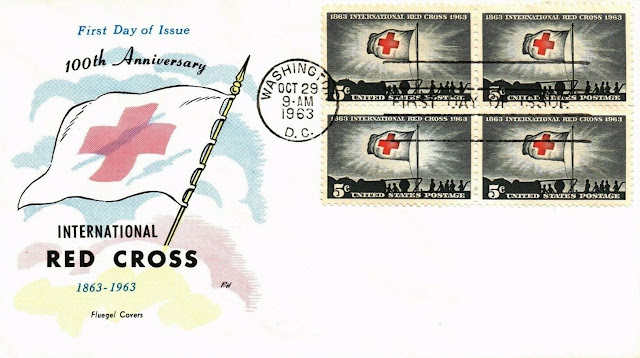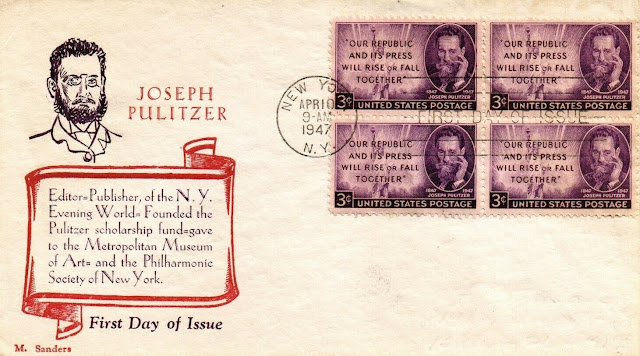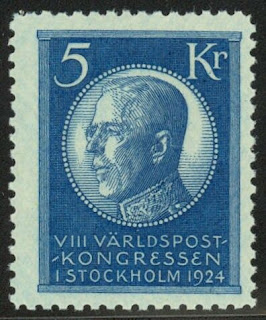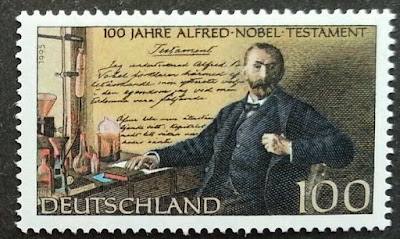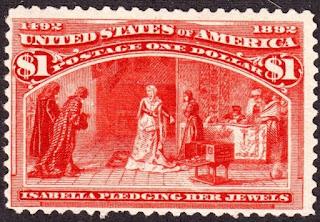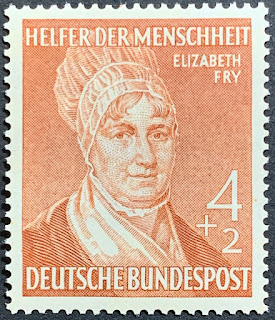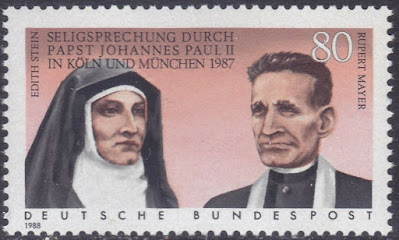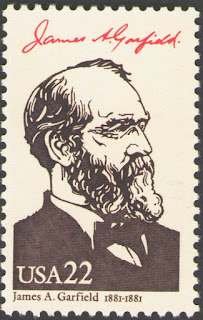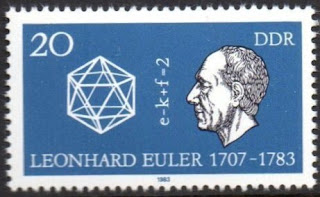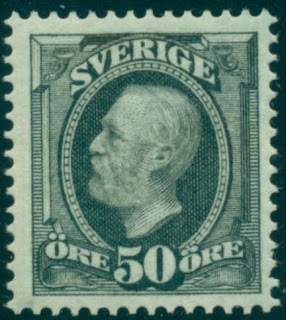Here are some events that happened on October 12th. It could be an event or a person that died or was born on that day
1845 Died: Elizabeth Fry, English prison reformer, Quaker and philanthropist (b. 1780)
Elizabeth Fry (née Gurney; 21 May 1780 – 12 October 1845), sometimes referred to as Betsy Fry, was an English prison reformer, social reformer and, as a Quaker, a Christian philanthropist. She has been called the "angel of prisons".
Fry was a major driving force behind new legislation to make the treatment of prisoners more humane, and she was supported in her efforts by Queen Victoria. She was depicted on the Bank of England £5 note from 2001–2016. Fry kept extensive and revealing diaries.
Elizabeth Fry also helped the homeless, establishing a "nightly shelter" in London after seeing the body of a young boy in the winter of 1819/1820. In 1824, during a visit to Brighton, she instituted the Brighton District Visiting Society. The society arranged for volunteers to visit the homes of the poor and provide help and comfort to them. The plan was successful and was duplicated in other districts and towns across Britain.
Elizabeth Fry used her influential network and worked with other prominent Quakers to campaign for the abolition of the slave trade.
After her husband went bankrupt in 1828, Fry's brother became her business manager and benefactor. Thanks to him, her work went on and expanded.
In 1838, the Friends sent a party to France. Fry and her husband, as well as Lydia Irving, and abolitionists Josiah Forster and William Allen were among the people sent. They were there on other business but despite the language barrier, Fry and Lydia Irving visited French prisons.
In 1840 Fry opened a training school for nurses. Her programme inspired Florence Nightingale, who took a team of Fry's nurses to assist wounded soldiers in the Crimean War.
In 1842, Frederick William IV of Prussia went to see Fry in Newgate Prison during an official visit to Great Britain. The King of Prussia, who had met the social reformer during her previous tours of the continent promoting welfare change and humanitarianism, was so impressed by her work that he told his reluctant courtiers that he would personally visit the gaol when he was in London.
Stamps from Germany and Great Britain depicting Elizabeth Fry
1858 Died: Hiroshige, Japanese painter (b. 1797)
Utagawa Hiroshige (born Andō Hiroshige (安藤 広重; 1797 – 12 October 1858), was a Japanese ukiyo-e artist, considered the last great master of that tradition.
Hiroshige is best known for his horizontal-format landscape series The Fifty-three Stations of the Tōkaidō and for his vertical-format landscape series One Hundred Famous Views of Edo. The subjects of his work were atypical of the ukiyo-e genre, whose typical focus was on beautiful women, popular actors, and other scenes of the urban pleasure districts of Japan's Edo period (1603–1868). The popular series Thirty-six Views of Mount Fuji by Hokusai was a strong influence on Hiroshige's choice of subject, though Hiroshige's approach was more poetic and ambient than Hokusai's bolder, more formal prints. Subtle use of color was essential in Hiroshige's prints, often printed with multiple impressions in the same area and with extensive use of bokashi (color gradation), both of which were rather labor-intensive techniques.
For scholars and collectors, Hiroshige's death marked the beginning of a rapid decline in the ukiyo-e genre, especially in the face of the westernization that followed the Meiji Restoration of 1868. Hiroshige's work came to have a marked influence on western European painting towards the close of the 19th century as a part of the trend in Japonism. Western European artists, such as Manet and Monet, collected and closely studied Hiroshige's compositions. Vincent van Gogh even went so far as to paint copies of two of Hiroshige's prints from One Hundred Famous Views of Edo.
Japanese stamps depicting Hiroshige's works
1859 Died: Robert Stephenson, English railway and civil engineer (b. 1803)
Robert Stephenson (16 October 1803 – 12 October 1859) was an English railway and civil engineer. The only son of George Stephenson, the "Father of Railways", he built on the achievements of his father. Robert has been called the greatest engineer of the 19th century.
Stamp from Great Britain with a postmark to commemorate Robert Stephenson's 125 year death anniversary
1891 Born: Edith Stein, Polish nun and martyr; later canonized (d. 1942)
Edith Stein (religious name Teresia Benedicta a Cruce OCD; also known as St. Edith Stein or St. Teresa Benedicta of the Cross; 12 October 1891 – 9 August 1942) was a German Jewish philosopher who converted to Catholicism and became a Discalced Carmelite nun. She is canonized as a martyr and saint of the Catholic Church, and she is one of six co-patron saints of Europe.
She was born into an observant Jewish family, but had become an atheist by her teenage years. Moved by the tragedies of World War I, in 1915 she took lessons to become a nursing assistant and worked in an infectious diseases hospital. After completing her doctoral thesis from the University of Göttingen in 1916, she obtained an assistantship at the University of Freiburg.
From reading the works of the reformer of the Carmelite Order, Teresa of Ávila, she was drawn to the Catholic faith. She was baptized on 1 January 1922 into the Catholic Church. At that point, she wanted to become a Discalced Carmelite nun, but was dissuaded by her spiritual mentors. She then taught at a Catholic school of education in Speyer. As a result of the requirement of an "Aryan certificate" for civil servants promulgated by the Nazi government in April 1933 as part of its Law for the Restoration of the Professional Civil Service, she had to quit her teaching position.
She was admitted to the Discalced Carmelite monastery in Cologne the following October. She received the religious habit of the Order as a novice in April 1934, taking the religious name Teresa Benedicta of the Cross. In 1938, she and her sister Rosa, by then also a convert and an extern sister (tertiaries of the Order, who would handle the community′s needs outside the monastery), were sent to the Carmelite monastery in Echt, Netherlands, for their safety. Despite the Nazi invasion of that state in 1940, they remained undisturbed until they were arrested by the Nazis on 2 August 1942 and sent to the Auschwitz concentration camp, where they are alleged to have died in the gas chamber on 9 August 1942.
German stamps depicting Edith Stein
1924 Died: Anatole France, French journalist, novelist, and poet, Nobel Prize laureate (b. 1844)
Anatole France (born François-Anatole Thibault, 16 April 1844 – 12 October 1924) was a French poet, journalist, and novelist with several best-sellers. Ironic and skeptical, he was considered in his day the ideal French man of letters. He was a member of the Académie française, and won the 1921 Nobel Prize in Literature "in recognition of his brilliant literary achievements, characterized as they are by a nobility of style, a profound human sympathy, grace, and a true Gallic temperament".
France is also widely believed to be the model for narrator Marcel's literary idol Bergotte in Marcel Proust's In Search of Lost Time.
French and Swedish stamps depicting Anatole France








